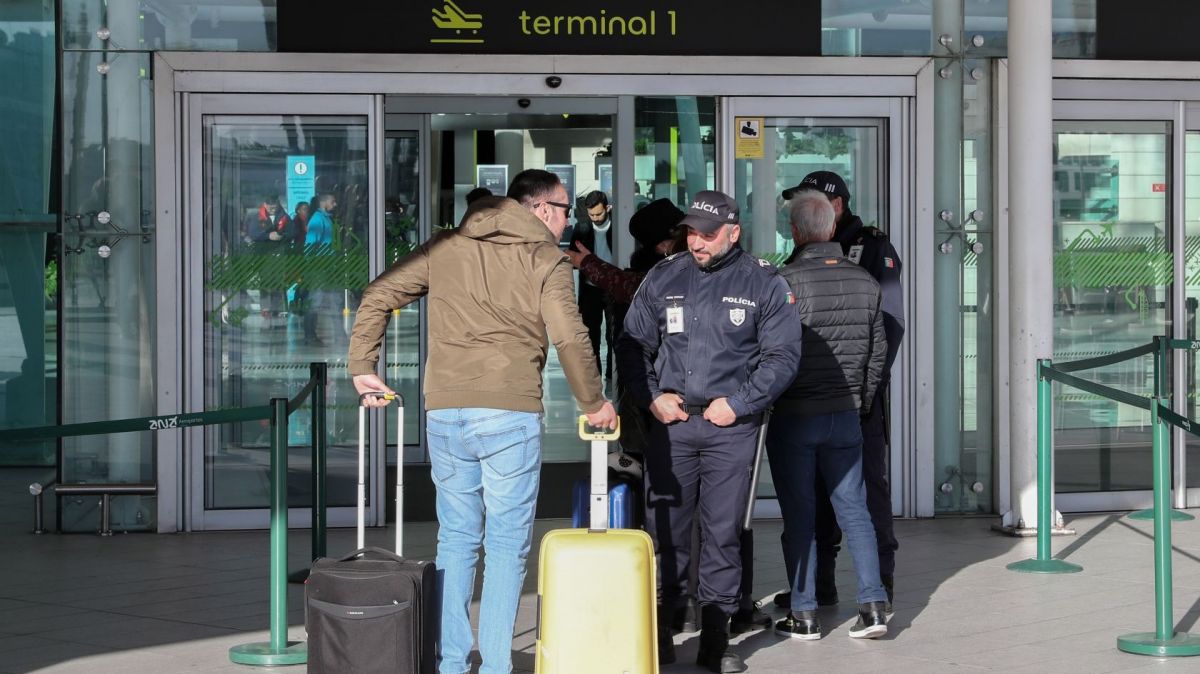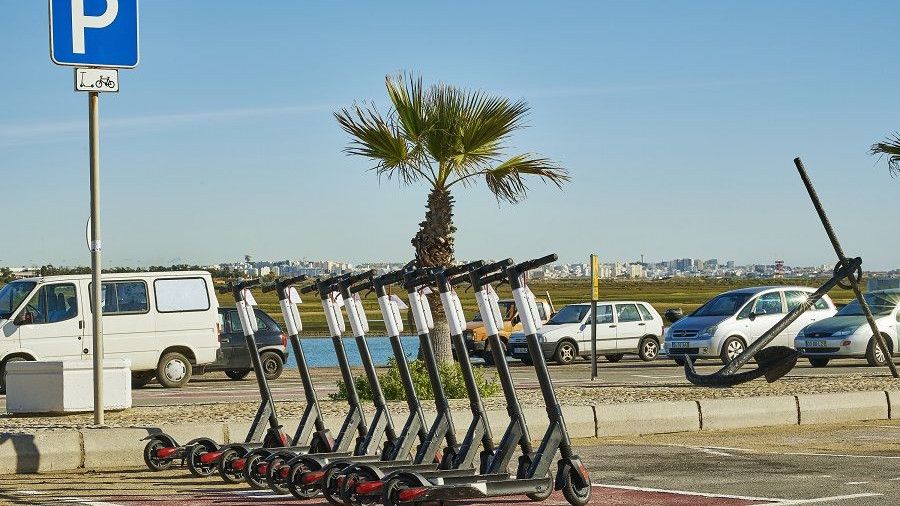Flexible transport is characterised by the wide range of transport services in an operation based on the flexibility of supply, with a view to better adapting it to demand, involving collective taxis, minibuses, among others.
The study “Flexible Public Passenger Transport Service in Portugal”, presented in Lisbon, provides a diagnosis of its implementation, with a report on the supervision action carried out by AMT.
According to the analysis, the experiences of TPF services in the country have shown that “they are viable and have room to grow, not only when we consider territories with lower population density”, but also because they can be "alternative and complementary services" to the regular transport network in the central areas of cities.
Meeting the needs of the people
In this way, they would respond to the needs of specific population groups: the elderly, young people and adolescents, or people with temporary or permanent mobility restrictions.
In the introduction to the study, the president of the Mobility and Transport Authority, Ana Paula Vitorino, considers that the TPF emerged as an “innovative and adaptable solution”, which allowed itineraries, timetables and stops to be adapted to the real needs of the population - the model was implemented in several regions of Portugal, “promoting social inclusion, economic efficiency and environmental sustainability”.
According to the document, TPFs “must be an integral part of territorial planning and public transport, based on all types of services they can provide”, including in dense areas and large population centres.
This type of network can bring benefits in terms of infrastructure monetisation and also to address situations in which regular public transport does not provide “efficient mobility” offers, which happens more frequently in regions with low population density, at night or on weekends.
TPF allows us to overcome some of the limitations of conventional public transport by offering a transport service in isolated and dispersed rural areas and where the economic viability of regular public transport is not sustainable.
At the same time, it is said, it guarantees a service in peri-urban areas, where population density does not justify the implementation of a public transport offer, complementing the existing network and providing a rebound on the regular network.
The TPF aims to meet the specific needs of the elderly and school-age population in urban areas, in addition to serving specific equipment or areas that do not generate sufficient demand to justify classic care.
The population that uses TPF the most is the elderly, normally without access to individual transport, making it important to guarantee, according to the study, easy access to telephone service lines to reserve the service.
The experience of transport authorities that have already implemented on-demand transport systems recommends involving transport (taxi) operators at an early stage of TPF implementation in order to inform them about how the operation and procurement procedures will work.
The first flexible public transport solutions in Portugal emerged even before the approval of Decree-Law No. 60/2016 with the so-called “Blue Lines”, which configured a type of TPF with a fixed route and timetable, but without fixed stops, implemented by municipalities, particularly in historic centres and using mostly minibuses.
Other experiences emerged later, such as “Collective Taxis” in Beja and “Transport on Demand in Médio Tejo”. The experience, according to the study, revealed a great variability and diversity of solutions adapted to the specific needs of the population to be served and to the characteristics of the operator or local actors involved.
The TPF has been implemented in several municipalities and Intermunicipal Communities (CIM) as an alternative and complementary transport mode to regular public transport.















